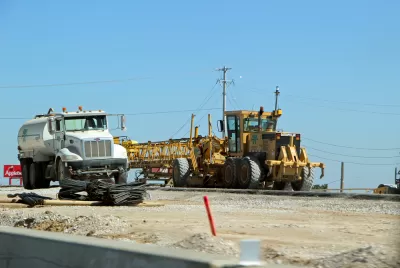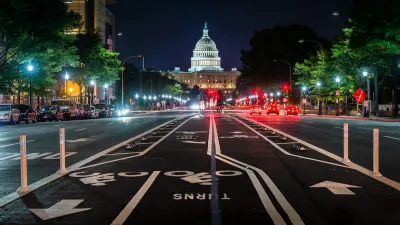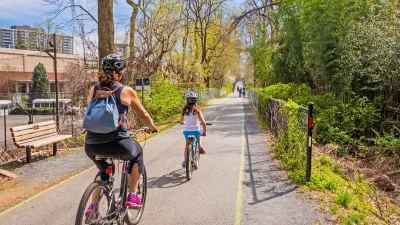The majority of federal infrastructure funding is not tied to federal requirements, letting states set their own targets for road safety and improvements.

"The lengths the U.S. Transportation Department can go in shaping how states spend money has emerged as a flash point in the implementation of the [federal] infrastructure package," writes Ian Duncan in The Washington Post.
When the highway administration conducted its most recent performance reviews, covering 2019 and 2020, it often graded states as having made progress even when they performed worse than in previous years. The most recent disclosures show that four states hit all 11 of their targets, yet no state made actual improvements across the board. In reality, 34 states slid backward on at least half of the measures that federal officials track.
"The law does not require that money go to repairing aging or dangerous infrastructure, leaving those spending decisions to state transportation leaders." According to the article, "The federal government has little direct control over what states build, handing over money in the form of huge grants."
While some programs have stricter requirements (for example, "states where cyclists and pedestrians account for more than 15 percent of road deaths will be required to dedicate funding to their safety"), the bulk of federal funding is not attached to specific targets.
While the Federal Highway Administration has defended the system, "The U.S. Transportation Department, however, recently indicated it intends to revisit the approach. A road safety plan that Buttigieg released early this year says the department will consider revising its rules to 'ensure that State safety performance targets demonstrate constant or improved performance for each safety performance measure.'"
FULL STORY: Under federal rules, ‘significant progress’ on infrastructure can mean more road deaths and decrepit bridges

Montreal Mall to Become 6,000 Housing Units
Place Versailles will be transformed into a mixed-use complex over the next 25 years.

Planetizen Federal Action Tracker
A weekly monitor of how Trump’s orders and actions are impacting planners and planning in America.

DARTSpace Platform Streamlines Dallas TOD Application Process
The Dallas transit agency hopes a shorter permitting timeline will boost transit-oriented development around rail stations.

Study: 4% of Truckers Lack a Valid Commercial License
Over 56% of inspected trucks had other violations.

Chicago Judge Orders Thousands of Accessible Ped Signals
Only 3% of the city's crossing signals are currently accessible to blind pedestrians.

Philadelphia Swaps Car Lanes for Bikeways in Unanimous Vote
The project will transform one of the handful of streets responsible for 80% of the city’s major crashes.
Urban Design for Planners 1: Software Tools
This six-course series explores essential urban design concepts using open source software and equips planners with the tools they need to participate fully in the urban design process.
Planning for Universal Design
Learn the tools for implementing Universal Design in planning regulations.
City of Mt Shasta
City of Camden Redevelopment Agency
City of Astoria
Transportation Research & Education Center (TREC) at Portland State University
US High Speed Rail Association
City of Camden Redevelopment Agency
Municipality of Princeton (NJ)





























